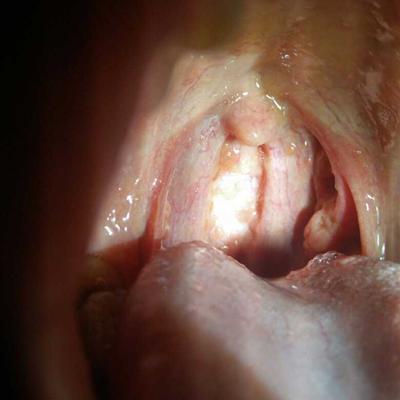What's the matter with cervical spondylotic myelopathy?
summary
Although cervical spondylotic myelopathy is obviously rare compared with the former two types, many people don't know much about this early symptom in their life, and the disease is quite serious when it comes on. But its symptoms are serious. If the treatment is delayed, the disability rate is high, especially the acute onset is easy to be misdiagnosed as myelitis, and the chronic onset is easy to be misdiagnosed as degenerative disease of spinal cord; Now let's share with you how cervical spondylotic myelopathy is going on?.
What's the matter with cervical spondylotic myelopathy?
First, dynamic factors: 15.5% to 38.5% of the patients with dynamic factors started from acute trauma, and a large number of patients had a history of trauma, and then they suffered from clinical symptoms again due to minor trauma that did not attract attention, mainly due to vertebral instability caused by trauma
Second, mechanical factors: osteophyte formation, hypertrophy of ligamentum flavum, adhesion caused by protrusion of nucleus pulposus after old trauma, or obvious central retrogression of acute trauma (called protrusion of nucleus pulposus in imaging), resulting in continuous compression of the spinal cord and long bundle sign of transverse spinal cord injury (pyramidal tract sign, spinothalamic tract sign, except hypertrophy of ligamentum flavum, thin bundle The cuneiform sign was not obvious. It is worth noting that the traditional view is that cervical spondylosis is easy to be suffered by the middle-aged and the elderly, while ignoring the teenagers; However, the formation of osteophyte after old trauma is more common in young and adolescent trauma, especially the backward protrusion of nucleus pulposus. In the early stage of trauma, there is only a short period of cervical nerve root involvement, but no symptoms of spinal cord injury. Due to missed diagnosis, it can not be treated in time, and then the symptoms of nerve root can be alleviated by itself. After several years to more than ten years, or even decades, The symptoms of spinal cord compression gradually appeared. Mr. Pan Zhiqing once fell from a 2m high bridge when he was 20 years old and got sick at the age of 32. He was misdiagnosed as "lateral sclerosis". Three years later, he was diagnosed by them when he was 35 years old (with the formation of osteophytes at the upper and lower vertebral margins of the intervertebral disc). It is not uncommon for us to have a history of trauma of 18-22 years. Such trauma in youth and adolescence has been forgotten and denied when it came into being. In addition, some patients who had a history of trauma of 2-3 years ago had forgotten or subjectively thought that it had nothing to do with the disease and were often denied when they first asked. According to our experience and Mr. Pan's experience, this kind of situation is very common. In order to get rid of the shackles of traditional concepts, it is very necessary to repeatedly and carefully inquire about the history of trauma in order to avoid missed diagnosis and misdiagnosis. Moreover, the protrusion of nucleus pulposus after trauma is the main cause of cervical spondylotic myelopathy, and congenital spinal stenosis can not be ignored.
Third: chronic wear causes osteophyte at the posterior edge of vertebral body. These patients have no history of acute trauma and are caused by chronic injury repeatedly for a long time. Although the lower cervical spine may occur, c5-1 with the largest range of motion is the most active. The frequency of osteophyte formation was the highest. Due to the different size, number and location of osteophytes, it can lead to different clinical symptoms, such as paraplegia of both lower limbs, high transverse compression of spinal cord, spastic paralysis of limbs (high paraplegia), and hemisection of spinal cord.
matters needing attention
It can be seen that early diagnosis and treatment are necessary for cervical spondylosis to achieve good curative effect. If it is delayed to spinal cord degeneration stage, the prognosis is poor.















